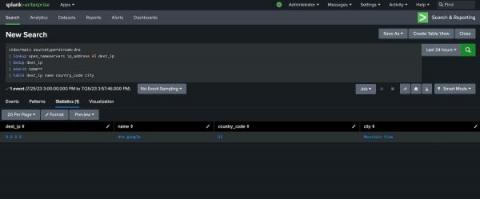Using Splunk Stream for Hunting: Finding Islands in the Stream (of Data)
Today, we are going to look at using the Splunk Stream App to hunt for threats across your network. Sing along with us! 🎼 “Islands in the stream” of our data… (Part of our Threat Hunting with Splunk series, this article was originally written by John Stoner. We’ve updated it recently to maximize your value.)











